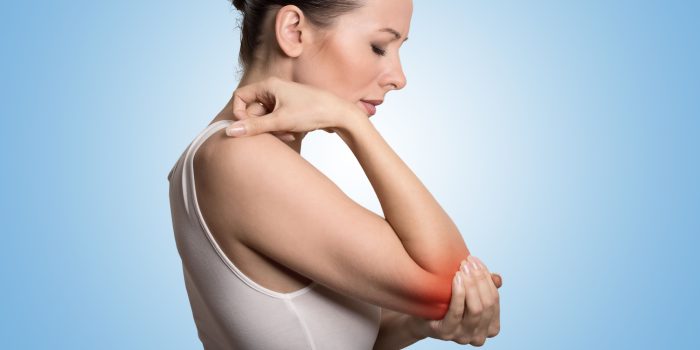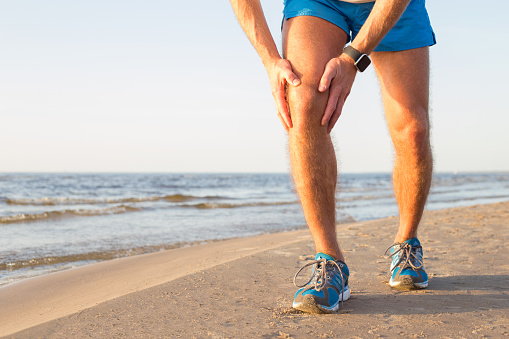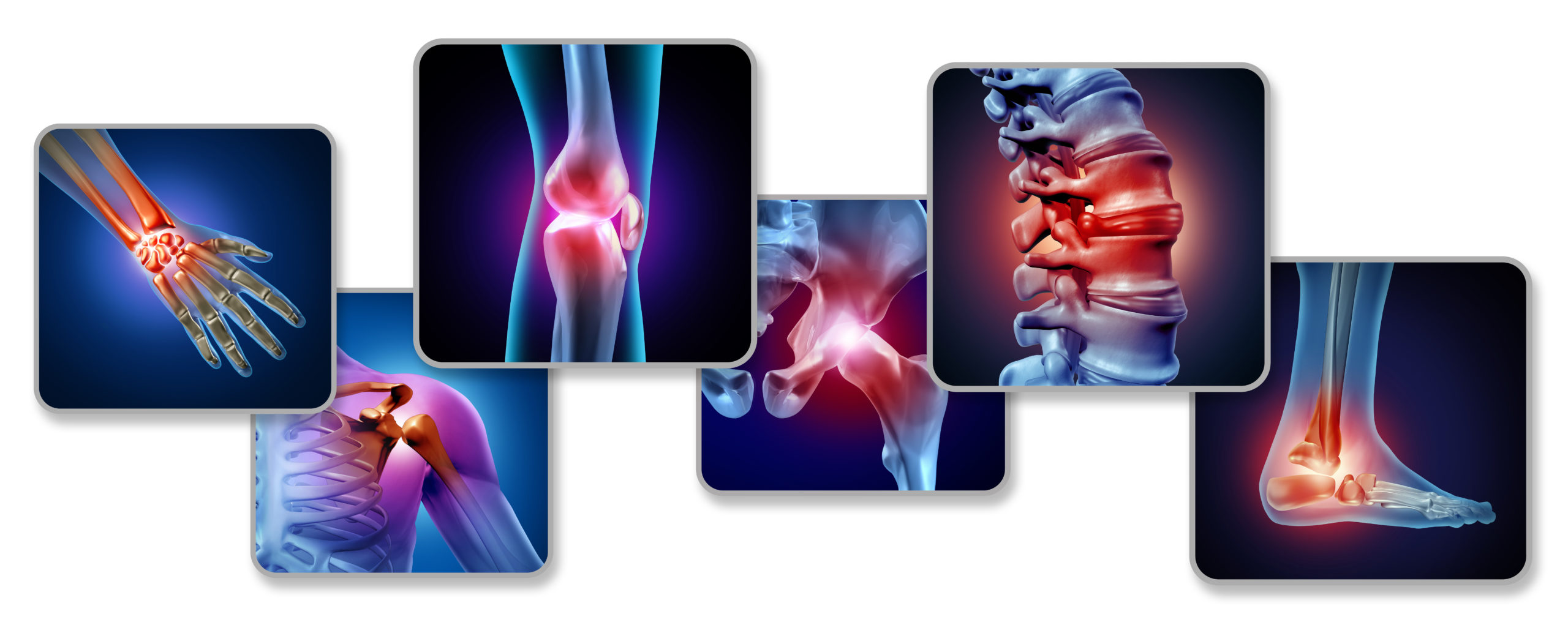
Why does joint pain affect women more than men?
April 18th, 2024The most common cause of joint pain is arthritis. Of those people who suffer from osteoarthritis, 50% more are women. 3 out of 4 people who have the disease rheumatoid arthritis are women. So, why does joint pain affect women more than men?
Joints and the anatomy of a woman’s body
There are 360 joints in the human body. Joints allow the body to move and support bodily functions. Joints are a complicated bio combination of bone, nerve cells, lubricant and cartilage. Cartilage in a joint acts as a cushion between the bones.
Hormones play a significant role in the female and male joint pain divide
The anatomy of a woman’s body is different to that of a man. Women experience faster cartilage loss than men. Hormones play a significant role in the female and male joint pain divide. The hormone testosterone found in men helps to protect their joints. Whereas oestrogen (alternatively known as estrogen) levels in women are higher, which can cause joint inflammation.
For women, hormone changes during the menstrual cycle, pregnancy and menopause can cause problematic joint issues, including chronic pain.
The shape of a woman changes as they age, but structurally, in most cases, women have wider hips than men. During pregnancy, the body produces the hormone relaxin in the pelvis to help to prepare the pelvis for childbirth, this can cause very uncomfortable joint pain. Weight gain around the hips from pregnancy or menopause puts more stress on the bones and joints.
Wider hips create a greater load on the outside of the knee. Females are more likely to develop a condition called patellofemoral syndrome which is where the kneecap doesn’t glide smoothly over the joint, it rubs against the lower part of the thigh bone – the femur. Women have increased joint and ligament mobility compared to men. In physical activity, there is a higher risk of joint injuries such as anterior cruciate ligament tears.
Other conditions and diseases that cause joint pain
Other conditions and diseases that cause joint pain are fibromyalgia, septic arthritis, psoriatic arthritis, reactive arthritis and tendinitis. Arthralgia, systemic arthritis, lupus, erythematosus, hepatitis, gout and Lyme disease. Joint pain can be the result of joint dislocation, joint trauma, muscle injuries, or build-up of uric acid. Joint pain is most commonly experienced in the back, knee, hip, shoulder, elbow, hand, wrist, neck and feet.
Is there a cure for arthritis?
Not yet, but there’s hope. Treatment can limit pain and inflammation in the short and long term. However, scientists are making progress looking for new treatments, including repairing cell damage in cartilage. The Ascot trial at Keele University in the UK has been researching the possibility of unlocking the potential of cell-based therapies, hoping to prevent or stop the early stages of osteoarthritis.
The Ascot trial
Cells are building blocks in the body with different functions. Normally, they are repaired and replaced by the body, but after a while, the body is unable to do that process and the cartilage in joints gradually wears away.
The lab at Keele University is the only lab in the UK currently producing cartilage and stem cells for cartilage regeneration. The trial researchers have been looking at the possibility of unlocking the potential of cell-based therapies, hoping to prevent or stop the early stages of osteoarthritis.
During the trial, there were studies on three different types of therapies, one of which was Autologous Chondrocyte Implantation.
Autologous Chondrocyte Implantation
This therapy centres around growing a fresh supply of cartilage from tissue samples taken from an individual’s joint. After 3 weeks, the cartilage is returned to the damaged area of the joint.
The other types of therapies were:
- A procedure where stem cells are taken from a patient, grown in the lab and injected back into the joints where they encourage the cartilage to heal itself.
- A treatment that combines both of the above therapies.
Dr Karina Wright, senior lecturer in orthopaedics and tissue engineering explained that the trial was an exciting area of research that could interrupt or even stop arthritis.
Overall study aims will focus on the long-term outcomes of the 3 therapies so ascertain which work best to prevent osteoarthritis and stop it from worsening.
Dr Wright said, “We are hopeful that the results from the Ascot trial will be used to inform the next set of recommendations to the NHS for cartilage cell therapies in the knee.” She concluded, “This will make sure that the right patient can access the right treatment at the right time, to prevent arthritis progression, and reduce the number of people living with the condition.”
US based consortium The Restoring Joint Health and Function to Reduce Pain (RE-JOIN) consists of different research teams collaborating together to map the network of sensory nerves that connect the temporomandibular joint and the knee.
Researchers aim to understand how these types and patterns of sensory neuron networks in joints change with health conditions, diseases and ageing. With that knowledge, hopefully, more options will be available for joint pain relief.
You can take simple steps to reduce the risk of joint pain or promote joint pain relief, such as:
- Monitor your weight and blood sugar level
- Give up smoking
- Do regular physical activity
- Stretch
- Don’t lift heavy things
- Stay hydrated
- Eat a nutritional diet
- Take supplements
We recommend our product Sigumir, as it improves the function of the cartilage and reduces the risk of osteoarthritis.
JointPro is a unique peptide-based cream used to relieve pain in the joints, muscles and tendons.
If you are experiencing joint pain it’s important to visit your doctor. The doctor can run a series of tests or scans, suggest pain management or prescribe nonsteroidal anti-inflammatory drugs such as ibuprofen or steroid injections.
Want to know more about arthritis? Look out for World Arthritis Day – 12th October 2024.
References
- https://www.singlecare.com/blog/news/arthritis-statistics/
- https://versusarthritis.org/news/2024/february/preventing-osteoarthritis-unlocking-the-potential-of-cell-based-therapies/.
- https://heal.nih.gov/news/stories/restoring-joint-health-function-reduce-pain
- https://www.healthline.com/health/pregnancy/pregnancy-joint-pain#causes







